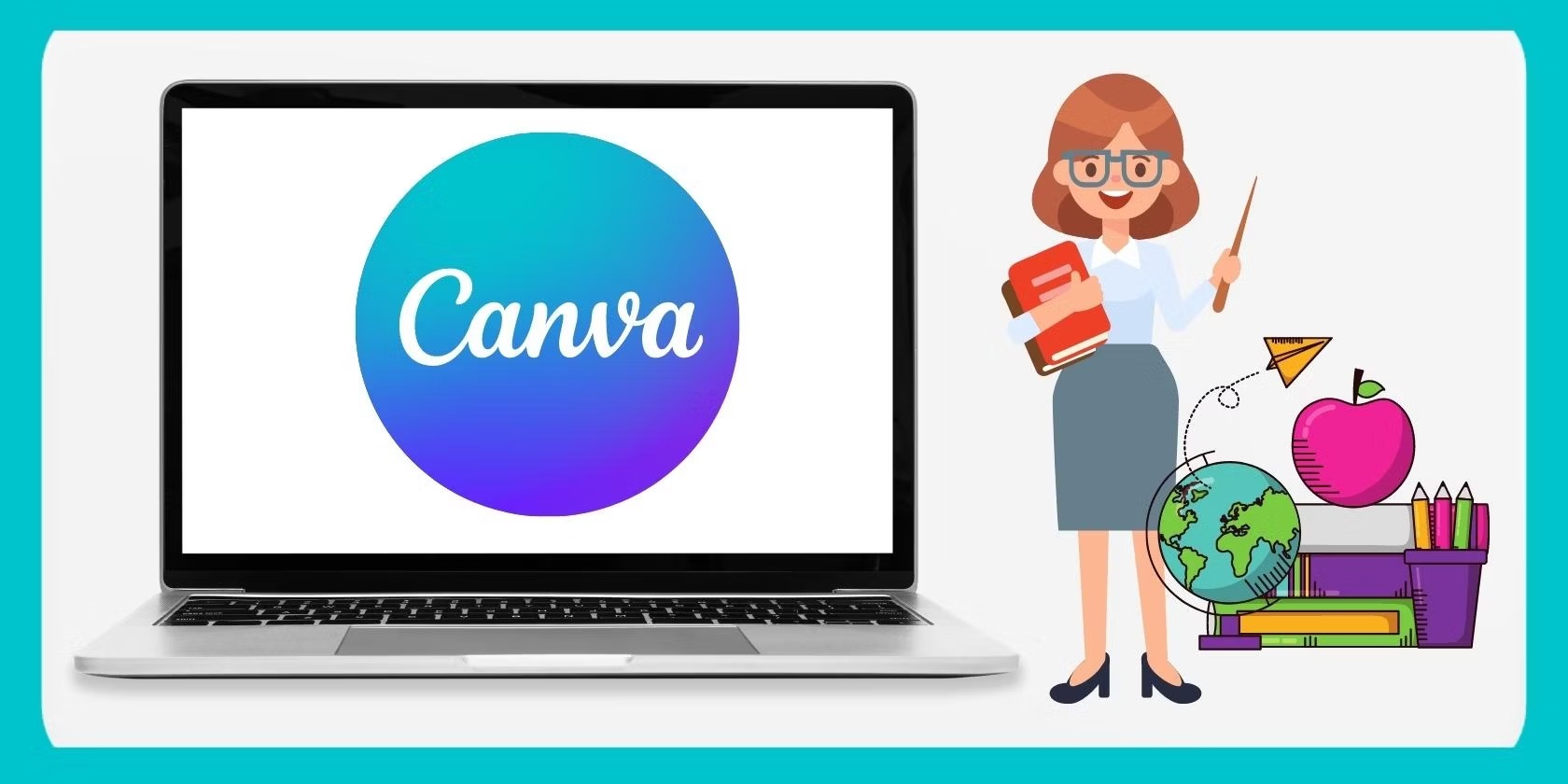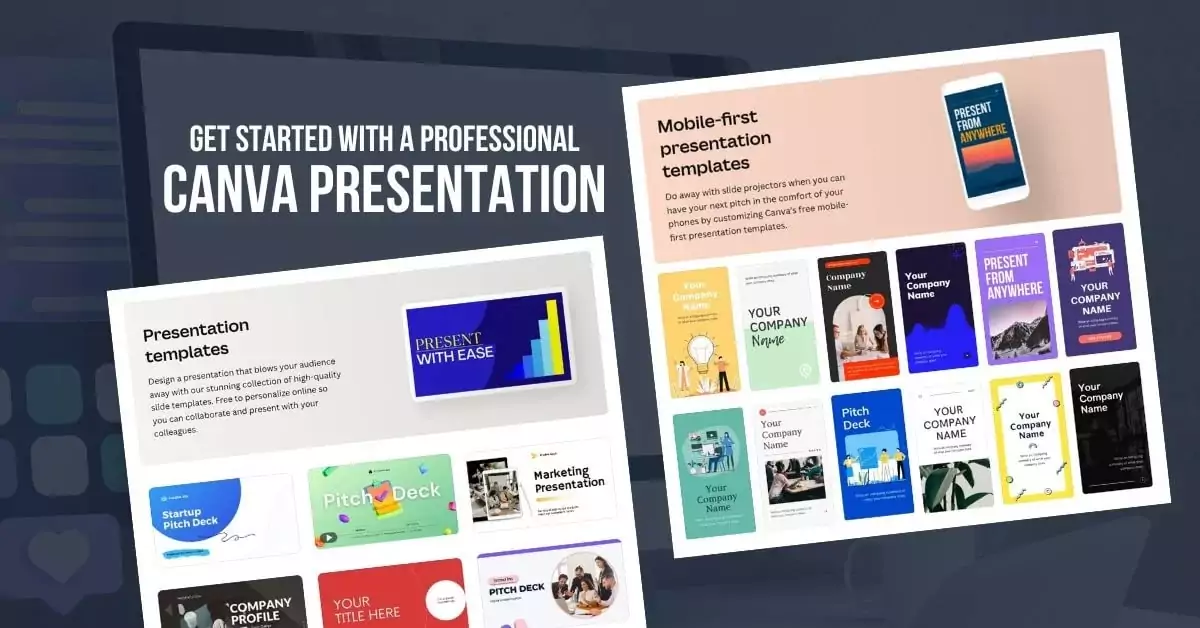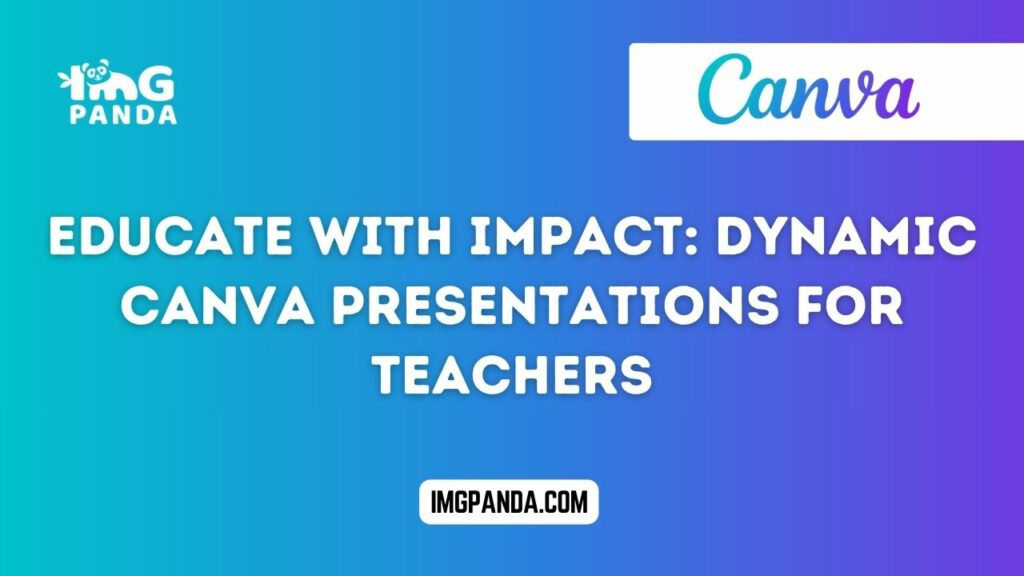In the fast-paced world of education, captivating students' attention and fostering meaningful engagement are constant challenges for teachers. Traditional methods of instruction often fall short in capturing the interest of today's digitally savvy learners. However, with the advent of dynamic presentation tools like Canva, educators now have a powerful ally in their quest to educate with impact.
This blog post aims to explore the concept of dynamic Canva presentations and their transformative potential in educational settings. We will delve into the benefits of incorporating Canva presentations into teaching practices, highlighting how they can revolutionize the way educators deliver content and engage with students. Join us as we uncover the secrets to creating captivating Canva presentations that leave a lasting impression and inspire learning.
Benefits of Dynamic Canva Presentations for Teachers:
Improved Visual Engagement:
Dynamic presentations have the ability to captivate students' attention by leveraging visually engaging elements such as vibrant graphics, animations, and multimedia content.
Visual stimuli can stimulate interest and curiosity, making learning more enjoyable and memorable for students.
By incorporating dynamic visuals, teachers can create immersive learning experiences that encourage active participation and deeper comprehension of the subject matter.
Enhanced Communication:
Well-designed Canva presentations provide teachers with a powerful means of effectively communicating complex concepts and information to students.
Visual aids, such as diagrams, charts, and infographics, can help simplify abstract ideas and facilitate understanding.
Through clear and concise presentation of content, educators can convey key messages more effectively, ensuring that students grasp important concepts and retain information more readily.
Customization and Flexibility:
Canva offers a wide range of customizable templates and design tools, allowing teachers to tailor presentations to suit their specific teaching objectives and the diverse learning styles of their students.
Educators can personalize presentations by incorporating relevant images, fonts, colors, and branding elements to create a cohesive visual identity that reflects their teaching style and classroom environment.
With Canva's intuitive interface and flexible editing capabilities, teachers have the freedom to adapt and update presentations in real-time, making it easy to accommodate changes in curriculum, student needs, or teaching methodologies.

Also Read This: Deleting My 123RF Account: Step-by-Step
Creating Dynamic Canva Presentations:
Accessing Canva:
Provide step-by-step instructions on accessing the Canva platform, either through the website or mobile app.
Guide teachers on creating a Canva account if they haven't already done so, highlighting the benefits of having access to a wide range of design tools and templates.
Choosing Templates:
Explore the diverse selection of presentation templates available on Canva, categorized by themes, styles, and purposes.
Advise teachers on selecting templates that align with the subject matter, audience, and intended presentation style, ensuring relevance and effectiveness.
Adding Content:
Offer practical tips for adding content to Canva presentations, including text, images, videos, and other multimedia elements.
Emphasize the importance of balancing visual appeal with informative content, using clear and concise language to convey key messages effectively.
Utilizing Features:
Showcase Canva's features that enhance the dynamic nature of presentations, such as animations, transitions, and interactive elements.
Provide guidance on how to incorporate these features strategically to create engaging and memorable presentations that capture students' interest and imagination.
Incorporating Educational Resources:
Encourage teachers to leverage Canva's capabilities for integrating educational resources into presentations, such as quizzes, polls, and interactive exercises.
Demonstrate how these interactive elements can promote active learning, encourage student participation, and assess comprehension effectively.

Also Read This: WireImage Licensing: Guidelines and Tips for Bloggers
Best Practices for Effective Presentations:
Keep it Simple:
Encourage teachers to adopt a minimalist approach when designing presentations, avoiding the temptation to overcrowd slides with excessive text and visuals.
Emphasize the importance of prioritizing key points and delivering information in a clear and concise manner to enhance comprehension and retention.
Visual Consistency:
Stress the significance of maintaining a consistent visual theme throughout the presentation to ensure coherence and professionalism.
Advise teachers to use a cohesive color scheme, typography, and design elements to create a visually appealing and harmonious presentation that enhances overall impact.
Interactivity and Engagement:
Provide strategies for fostering student interaction and engagement during presentations, such as incorporating discussion prompts, interactive quizzes, or polls.
Encourage teachers to create opportunities for active participation and collaboration, allowing students to contribute their insights and perspectives to the learning process.
Highlight the importance of incorporating interactive activities that promote critical thinking, problem-solving, and real-world application of concepts to enhance student engagement and learning outcomes.
Also Read This: Speedy Solutions: Hacks for Faster and Cheaper AliExpress Shipping
Case Studies and Examples:
Science in Motion: Exploring the Solar System
Description: Showcase a dynamic Canva presentation created by a science teacher to teach students about the solar system.
Key Features:
Visually stunning graphics and animations depicting planets, moons, and celestial phenomena.
Interactive elements such as clickable hotspots providing additional information about each celestial body.
Incorporation of multimedia elements, including videos and audio clips, to enhance engagement and comprehension.
Impact: Increased student engagement and understanding of complex astronomical concepts, fostering a deeper appreciation for the wonders of space.
Literary Journey: Analyzing Shakespearean Sonnets
Description: Highlight a Canva presentation developed by an English literature teacher to explore Shakespearean sonnets with students.
Key Features:
Clean and elegant design with consistent visual themes reflecting the literary genre and period.
Integration of textual analysis, historical context, and literary criticism to provide comprehensive insights into the sonnets' themes and motifs.
Use of creative storytelling techniques, including narrative arcs and character profiles, to contextualize the sonnets within Shakespeare's life and works.
Impact: Enhanced student comprehension of complex literary texts, fostering critical thinking skills and promoting deeper literary analysis and interpretation.
Mathematics Made Fun: Interactive Geometry Lessons
Description: Showcase an interactive Canva presentation created by a mathematics teacher to teach geometry concepts to middle school students.
Key Features:
Engaging interactive activities, such as drag-and-drop shape puzzles and geometric constructions, to reinforce key mathematical principles.
Clear and concise explanations supplemented with visual aids, including diagrams and illustrations, to facilitate understanding.
Incorporation of real-world examples and applications to demonstrate the relevance of geometry in everyday life.
Impact: Improved student engagement and comprehension of geometric concepts, leading to increased confidence and proficiency in mathematical problem-solving.
By showcasing these examples of dynamic Canva presentations, educators can gain inspiration and insights into how to leverage visual storytelling and interactive elements to create impactful learning experiences for their students.
Conclusion:
In conclusion, dynamic Canva presentations offer a plethora of benefits for both teachers and students alike. By leveraging Canva's intuitive tools and features, educators can create engaging and visually appealing presentations that captivate students' attention and enhance their learning experiences.
From improved visual engagement to enhanced communication and flexibility, Canva presentations empower teachers to deliver content in a way that resonates with today's digital learners. By incorporating interactive elements, multimedia content, and personalized design touches, educators can create immersive learning experiences that foster active participation and deeper comprehension of the subject matter.
As we've explored throughout this blog post, Canva opens up endless possibilities for educators to elevate their teaching practices and inspire their students. By embracing innovative approaches to teaching and harnessing the power of technology, teachers can cultivate dynamic learning environments that encourage creativity, critical thinking, and lifelong learning.
So, whether you're a seasoned educator or just starting out on your teaching journey, consider incorporating Canva presentations into your instructional toolkit. By doing so, you'll not only enrich your teaching repertoire but also empower your students to reach new heights of academic achievement and personal growth.









































